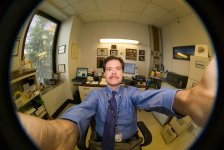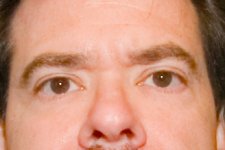Richard Marks
Rexel
newyorkone said:People have been struck by lightning. Trees have fallen on people. Planes have crashed...
Also, the only way for M8 users to get any idea of whether an update is fine or not is for lots of people to update so that we have a decent amount of sample data. The user base is small enough as is so the more people that update, the better it is for users and Leica.
I take your point, but DC Sang also makes a good point. Leica do not fully state exactly what they have altered and what the effects are. For example, improving one aspect may make something else slower or actually sacrifice another function.
My own thoughts are that the best skin tones came from the first update. (At least in relation to my software / printer / personnal tastes).This was done before the version that corrected for IR filters. Once a new download appears, leica remove the previous version. I actually have saved previous versions for the last 2 just in case what the new one does makes things worse. That way i could go back if i wanted to .
best wishes
Richard







